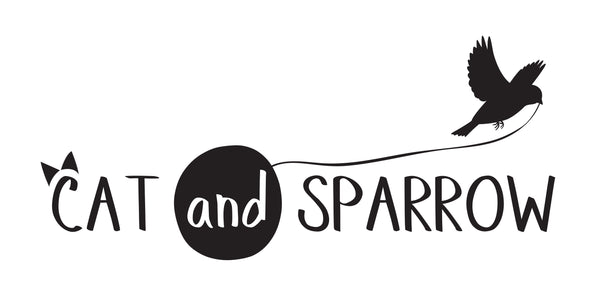In this instalment of my in-depth look at yarn selection, I'm looking at how the structure of your yarn can make or break your project.
What are you going to ask of your garment? Is it going to be socks, that take a lot of punishment, or a snuggly, soft cowl? Do you want wrist warmers that will be stretchy and warm, or a superbly drapey shawl? Let's look at some of the things you might want to think about.
Durability
The structure of your yarn makes a huge difference to its durability. The higher the twist, and the more plies, the stronger and more hard-wearing your yarn will be. Consequently, sock yarn is very often made up of 3 or 4 plies of high-twist singles. This isn't to say a nice single ply won't make a great pair of socks. I've had a few pairs in single-ply yarns, and they are just fine, but it's true that they aren't as hard wearing as ones made from a super-strong 4ply sock yarn.
Sock yarns in particular are usually strengthened by the addition of another fibre – often nylon. Because I have a policy of only using man-made fibres if I can absolutely guarantee that they are sustainably and responsibly made, I don't use nylon, so I tend to use silk (Oh So Fine! 4ply, Rolling Stone Sock) or Tencel (Eco-warrior Sock), both of which feel and behave quite differently to nylon, but are very durable fibres in themselves.
Fibre drape/elasticity
Drape and elasticity are very closely related. The less elastic a fibre, in general the more drapey it is. I say 'in general' because some fibres are very drapey and also highly elastic, such as Wensleydale and other highly lustrous longwools.
Elasticity is the tendency of the fibre to conform to its original shape after washing. Your wool jumpers might start to sag or stick out at the elbows, but once you wash them and lay them out to dry they'll snap back into shape quite happily.
Fibres with limited or no elasticity, such as alpaca, cotton and silk don't do this, and so it's wise to see what kind of fabric you'll be creating when thinking of using yarns with 100% inelastic content. Crochet, for example, works quite well with inelastic fibres because its structure is not particularly stretchy, and the extra drape adds more movement to crochet garments, particularly if they're made with DK or bulky yarn. Something large and bulky, knitted in stockinette stitch or garter stitch, however, will very likely grow in length as it is pulled down by gravity, and it will be resistant to returning to its original dimensions.
Small items can work quite well, though - I have a lovely pair of pure alpaca mitts that are super soft and warm, and haven't sagged because they are not heavy enough to challenge the structure of the garment.
Structural drape
Another thing that affects the drape of a yarn is how it is spun and plied. The more plies, and the more tightly spun a yarn, the less drape it will have. A loosely spun and plied 2ply yarn will drape magnificently, while a high-twist 4ply sock yarn will hold its shape.
Woollen vs Worsted
Most commercial producers won't specify whether their yarns are woollen or worsted-spun, and the vast majority of yarns for hand knitting and crochet tend to be worsted.
Worsted-spun yarns contain less air, and tend to be strong, drapey and have crisp stitch defnition, as the fibres are all aligned when they are spun.
A woollen-spun yarn contains more air, and therefore more warmth. The stitch defnition tends to be fuzzier because the fibres are not all facing the same direction when they are spun. They're great for warm, squishy garments.
Both woollen- and worsted-spun yarns can be spun with varying degrees of twist.
It's becoming more common for yarn manufacturers to say whether their yarn is spun woollen or worsted. For example, all John Arbon Textiles' yarns are worsted spun, which includes my Superhero DK, Rolling Stone Sock and Toasty Aran yarns. Garthenor offers both woollen and worsted-spun options, and has a very informative blog post about it.
These are some of the things that I've found it helpful to consider when purchasing a yarn, and it's been a case of trial and error much of the time. You can tell a lot about a yarn by looking at a single strand and checking how tightly spun it is, or how many plies it has. If in doubt, it's worth asking the dyer or the manufacturer if you want more information. They want you to be happy with your selection!

